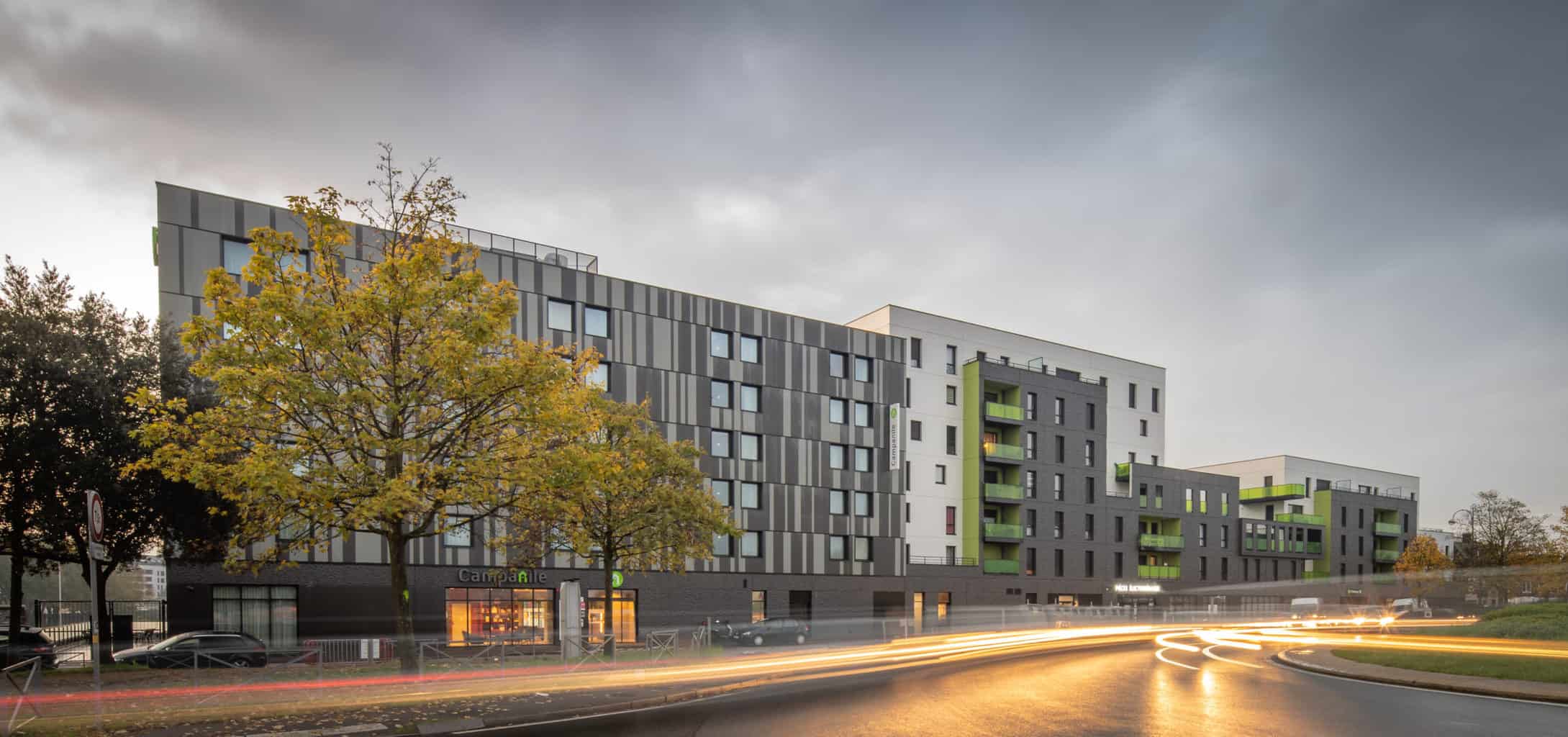
The tertiary decree: 60% energy savings are in sight
5 minutes of reading
The so-called ‘tertiary’ decree, applicable since 2019, imposes a gradual reduction in the energy consumption of this type of building up until 2050. Like any new regulation, this involves a period of adaptation – especially as the objectives set are ambitious. However, the ‘Syndicat professionnel des entreprises de la transition énergétique et numérique’ (Serce) (Professional Union of Energy and Digital Transition Companies)considers them to befully attainable.

In the opinion of many observers in the construction sector, the challenge of reducing energy savings announced by the tertiary decree is considerable and should not be underestimated. The decree, which was published in the Journal Officiel on 25 July 2019, is awaiting its regulations of implementation, which are due to be published in April 2020. It requires buildings in the tertiary sector with a surface area of more than 1,000 m2 to reduce energy consumption. There are several stages: 40% in 2030, 50% in 2040 and 60% in 2050. These are ambitious objectives, bearing in mind that despite tangible progress in the quality of construction work over the last twenty years, consumption has only actually been reduced by 20 to 30%.
So, is this decree realistic? For Antoine Vallet, Head of Energy Efficiency & Buildings at Serce, the answer is yes. ‘We think that from 500 m2 upwards, buildings consume a lot of energy but also have a considerable potential for savings. In this context and in view of the areas concerned, the tertiary decree is perfectly realistic. The critical size of these buildings makes them profitable within an acceptable time frame. It allows for a return on investment of between 3 to 10 years.’
Rationale for performance
Antoine Vallet is also optimistic as regards technology. ‘Technology means that energy savings can be made within the existing pool of tertiary buildings. For example, LEDs as a replacement for traditional lighting are a direct and painless source of savings. ’ The approach as regards technology will be all the easier as the decree makes no stipulations. ‘It deals with energy consumption, but not where it comes from. The aim is to reduce all energy consumption with a rationale for performance There is little room for renewable energy (apart from photovoltaics) within the rationale for self-consumption, as the energy must be produced directly on site. This means optimising performance by using the resources available. In any case, the objective remains to reduce consumption – and so much the better if this is done through photovoltaics! ’
As for other technology, Antoine Vallet says, ‘Heat pumps generate 30 to 50% in savings, dual-flow ventilation allows a reduction of 10 to 20%, and photovoltaic self-consumption generates 10%. If we add to this an efficient control system which alters heating, ventilation and lighting according to the occupancy rate – the potential is 10%. Overall, taking into account all these actions, both large and small, it is possible to achieve the 40% target without tackling the building envelope itself‘. But that does not mean we should not be interested in the latter. ‘It has to be done on a case-by-case basis – there is no quick fix. Some buildings are thermal disaster zones and the first priority would be to insulate them on the outside.’
Providing a ‘digital’ dimension
This decree may also cause ripple effects where they are not necessarily expected. By seeking energy savings, we are also operating at a higher level – that of town and country planning. ‘When tackling energy renovation, it is an opportunity to give a ‘digital’ dimension to a building. Smart buildings create a smart city. Bear in mind that these terms are widely used and that even today it is still difficult to find a clear definition of what a smart building really is. However, integrating digital technology into a building and making it attractive with a range of services – car-sharing, meeting room reservations, concierge services, etc. – is essential for some people’, Antoine Vallet concludes.
Most read
More reading
Read also




What lies ahead? 7 megatrends and their influence on construction, real estate and urban development
Article
20 minutes of reading

